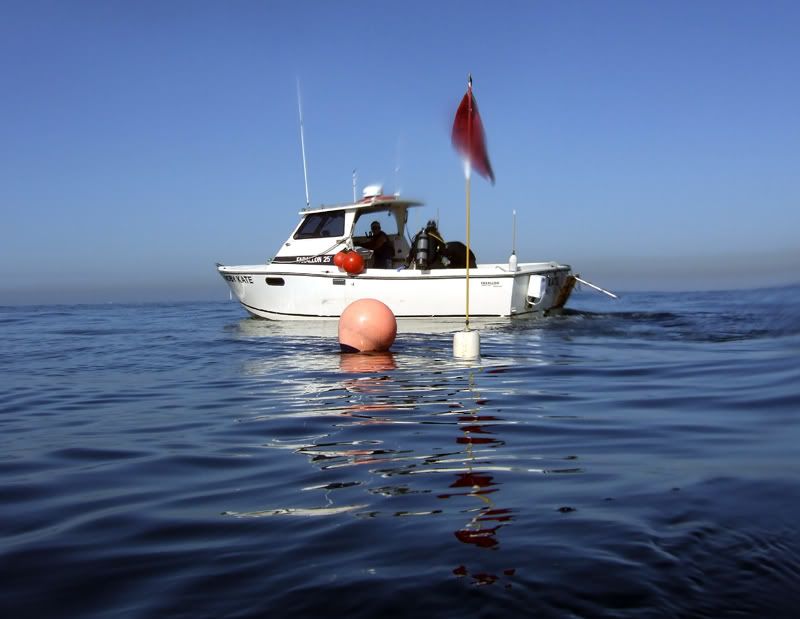gimewater
Registered
Hello I have dove on wrecks before but haven't actually been the boat captain. I have obtained a nice RIB I have dove off of a couple of times and would like to start taking it to wrecks. My question is How do you secure your anchor on a wreck? Nothing like this was covered in my wreck class and I read the book Wreck Diving which gave a couple of ideas on how to anchor. However dragging into the wreck and most of the other way I found in there seemed like there was a good possibility to harm the wreck and if everyone dragged anchor onto the wreck I would think it wouldn't be conducive to the wrecks health. I understand the reasoning to anchoring onto the wreck but is it feasible to anchor right next to the wreck? I know another possibility is to tie off a shot to a buoy. How does everyone else anchor to a wreck that isn't marked?





